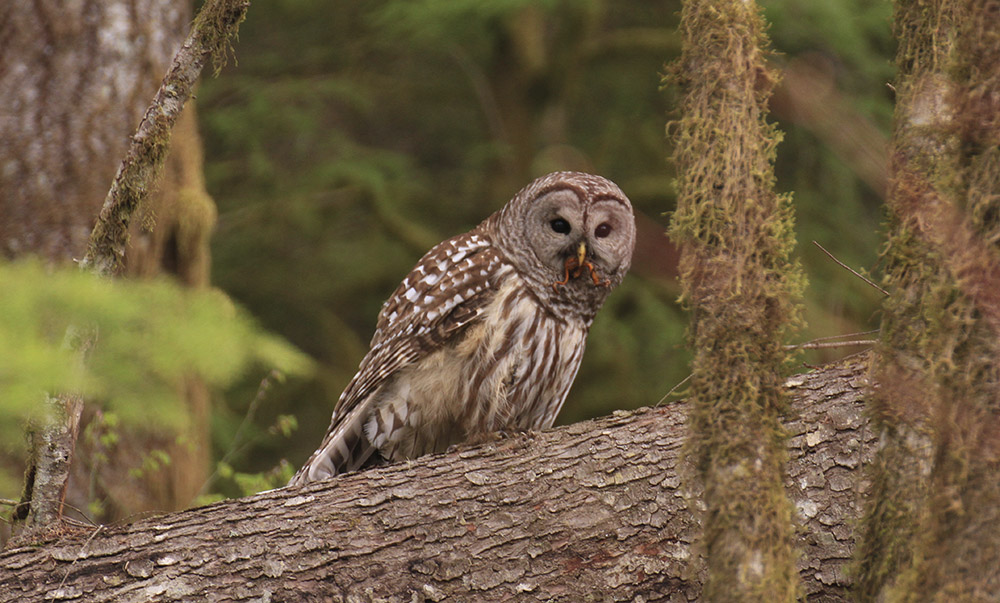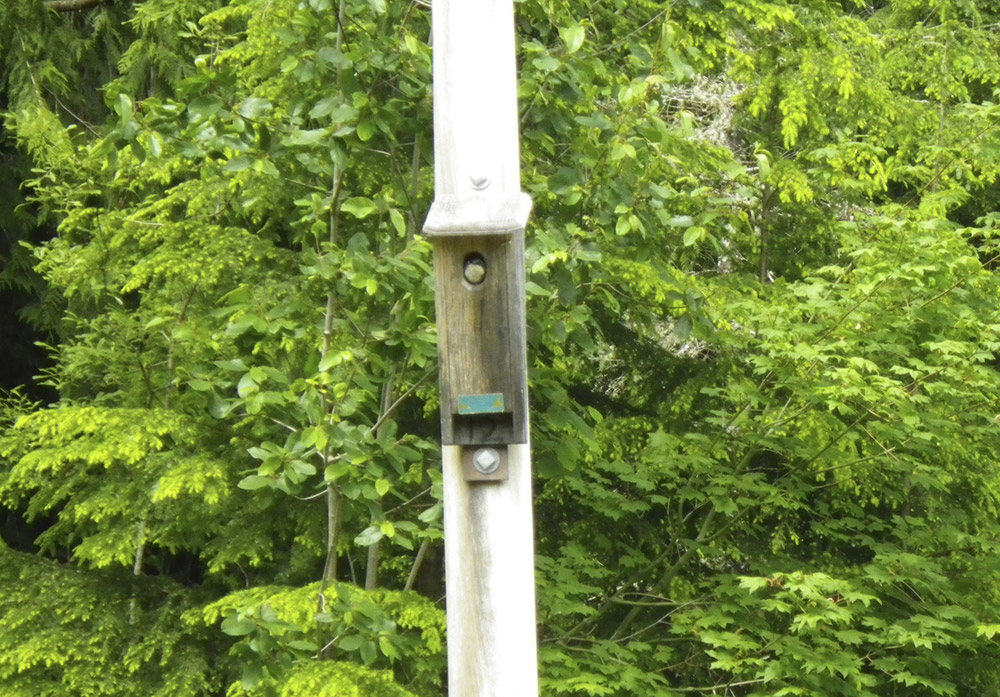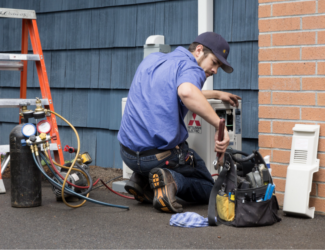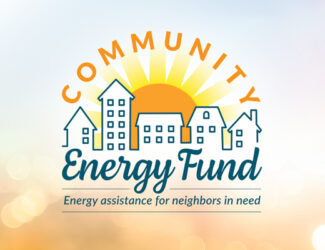
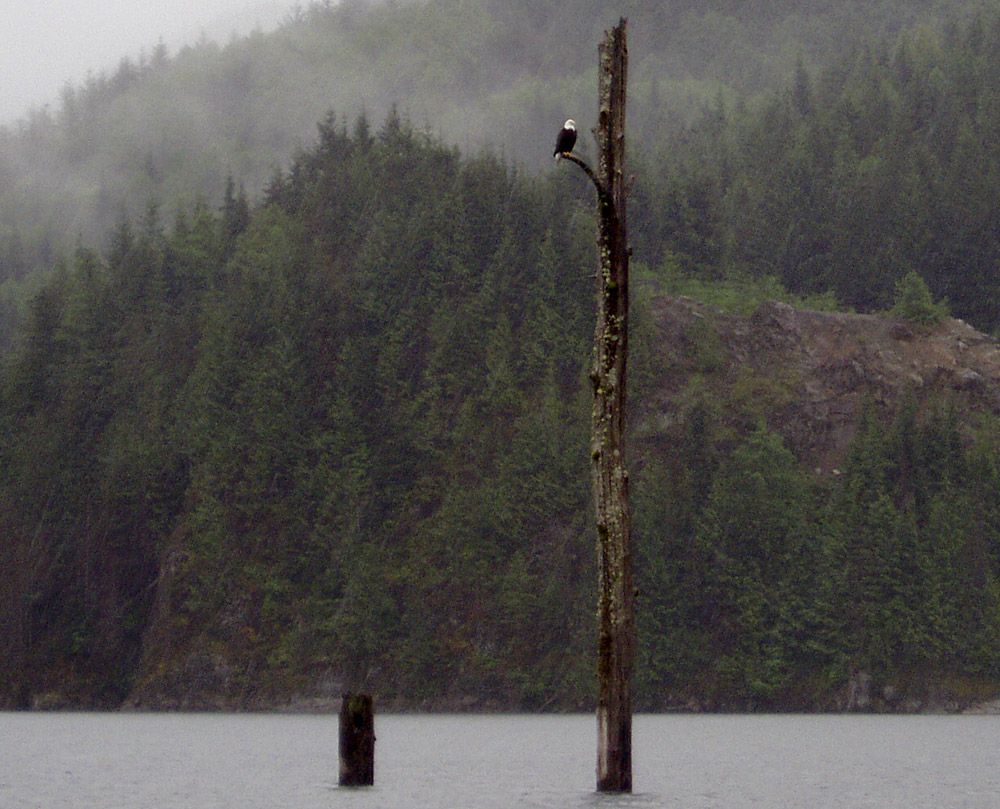
Bird habitat protection
The PUD makes an extensive effort to protect and enhance bird habitats. At its multiple hydroelectric projects, the utility manages about 4,600 acres for the benefit of wildlife, including birds. Throughout the PUD’s service territory, bird needs are kept in mind whether it involves vegetation management, landscaping, and/or tree-trimming activities near its buildings, facilities and power lines.
The PUD protects and enhances bird habitat by using these methods:
Old-growth – the endangered Marbled Murrelet occupies old-growth habitat at the PUD’s Spada Lake Reservoir, flying over 50 miles from its nest to the Puget Sound to feed every day. The PUD does not harvest its 500 acres of old-growth (nor its approximately 2,000 acres of second-growth forests to allow them to mature into old-growth habitat ) – an important component of a healthy Pacific Northwest ecosystem.
Snags – these are standing dead trees that provide both a food source (bugs) and a home for cavity-nesting birds. The PUD creates snags throughout its acreage at Spada Lake Reservoir towards the goal of having seven woody habitat structures per acre of habitat.
Bird boxes – dwindling nearby habitat from harvesting, development, or the PUD’s initial construction activities has reduced the potential homes for birds. To alleviate this, the PUD installs bird boxes in trees and floating nest platforms on the lakes for additional habitat options.
Osprey platforms – nesting platforms are built near our facilities to offer a safer nesting alternative. Added benefit: facility maintenance and repair work can be done without disrupting nest occupants.
Perch poles – at the PUD’s Youngs Creek Hydro Project, six perch poles were installed along the penstock corridor to provide locations for raptors to rest and watch for prey.
Tree trimming – if an active nest with viable eggs or chicks is identified, the activity is postponed. Once it becomes inactive, the nest may be relocated and the tree-trimming work completed.
Native plantings – the PUD strives to plant native trees, shrubs, and other plantings at its facilities as they establish easily, require minimal maintenance and water, and provide the preferred habitat and food source for birds.
Weed management – invasive weeds out-compete native vegetation for natural resources, so by managing the weeds, more native plants preferred by birds can grow. Berry-producing plants are not sprayed while in bloom or during berry production to keep healthy berries available as a wildlife food source.
Ground cover – open or pasture-like areas are reseeded with white clover, a plant whose leaves are grazed by deer and seeds loved by birds. Some birds consume the beans, leaves and flowers too.
Buried transmission lines – transmission lines from the new run-of-river PUD hydro projects (Calligan and Hancock) are buried where feasible to reduce the potential for avian collisions and electrocutions.
Modified construction – prior to construction activities at the PUD’s hydro projects, the area is surveyed by staff biologists to identify if new raptor nests have been built. Construction and use of helicopters are restricted to avoid noise disturbance during nesting.
Monitoring – PUD staff biologists and vegetation specialists monitor all of the above activities on an annual basis for efficacy of protection and enhancement measures, adjusting where and when needed.
